Recent Advancements in the Use of Olive Products for Biotechnological Processes
(2024)
Book Chapter
Efthimiou, G. (2024). Recent Advancements in the Use of Olive Products for Biotechnological Processes. In V. Lagouri (Ed.), Olives and Olive Related Products - Innovations in Production and Processing (1-8). IntechOpen. https://doi.org/10.5772/intechopen.1007424
This chapter discusses the most recent applications of olive-derived materials in biotechnology, agriculture and food technology. Although the high-quality olive oil is usually destined for human consumption, lower oil grades or waste materials from... Read More about Recent Advancements in the Use of Olive Products for Biotechnological Processes.
